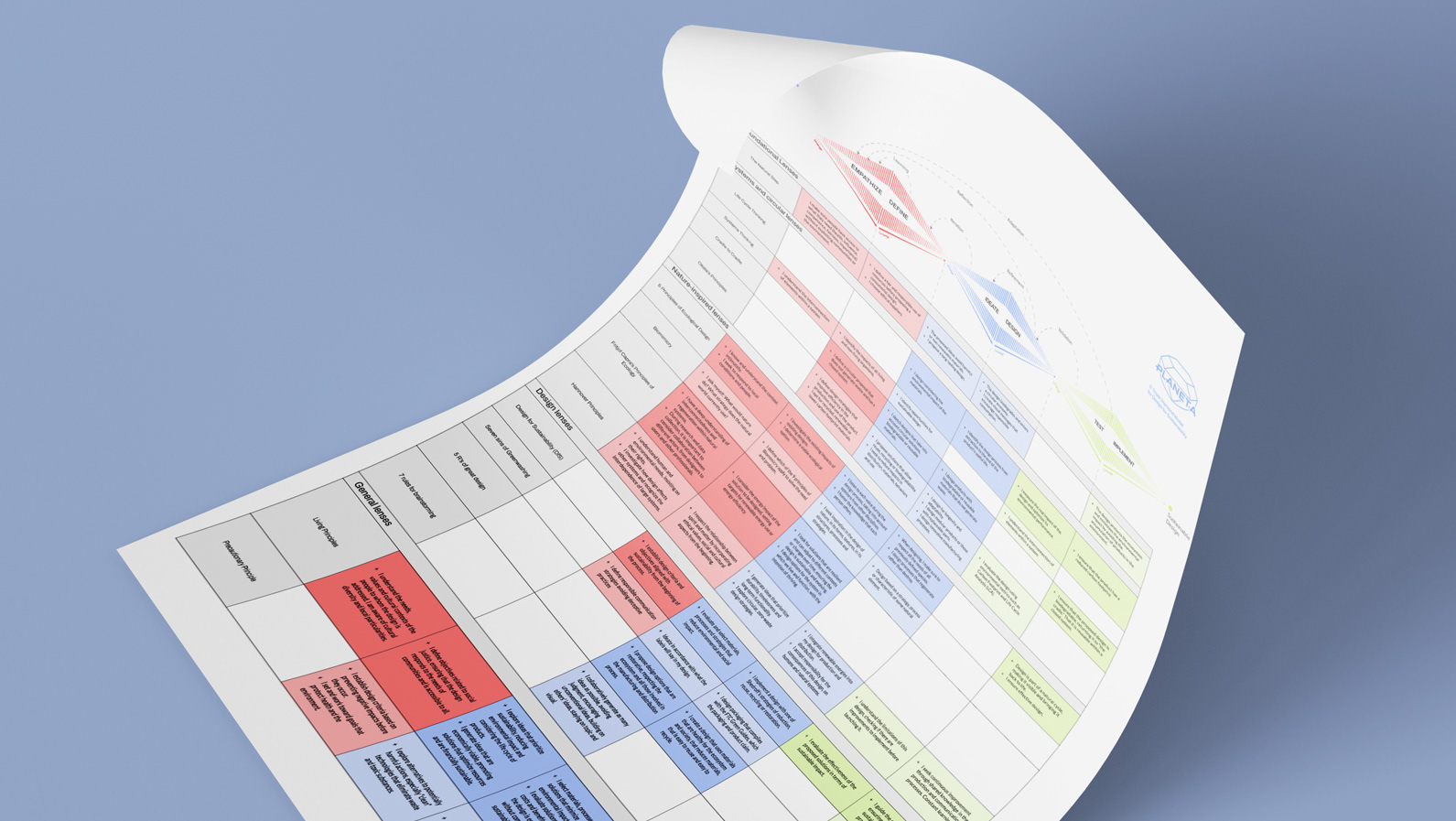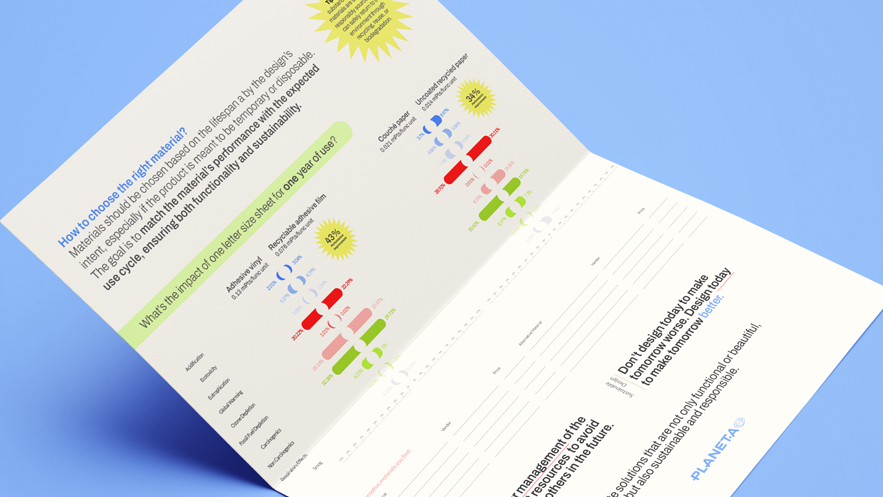Throughout the course, I explored key concepts such as feedback loops, leverage points, and systemic interventions. By analyzing real-world case studies, I learned how to identify patterns, connections, and opportunities for meaningful change. This knowledge has been essential in shaping my approach to sustainable design, allowing me to create solutions that consider long-term impacts and foster resilience within systems.
With this system map, I wanted to explore the system relation and structure around Matcha (green tea) preparation at home.
I understood that everything we do, and every action is involved in a greater system.
I understood that everything we do, and every action is involved in a greater system.
This document explains the different systems that compound this type of business. As a consumer, it's important to identify how a department store works to understand where products come from and the elements that integrate them.
This document is a Life Cycle Analysis of a portable fan using the 2030 calculator, for a detailed bill of materials of the product.
This project gives a glance at waste sorting in Guatemalan households. It shows the greater system, actors and opportunities.
Academic project for Systems Thinking course, Spring 2023.








